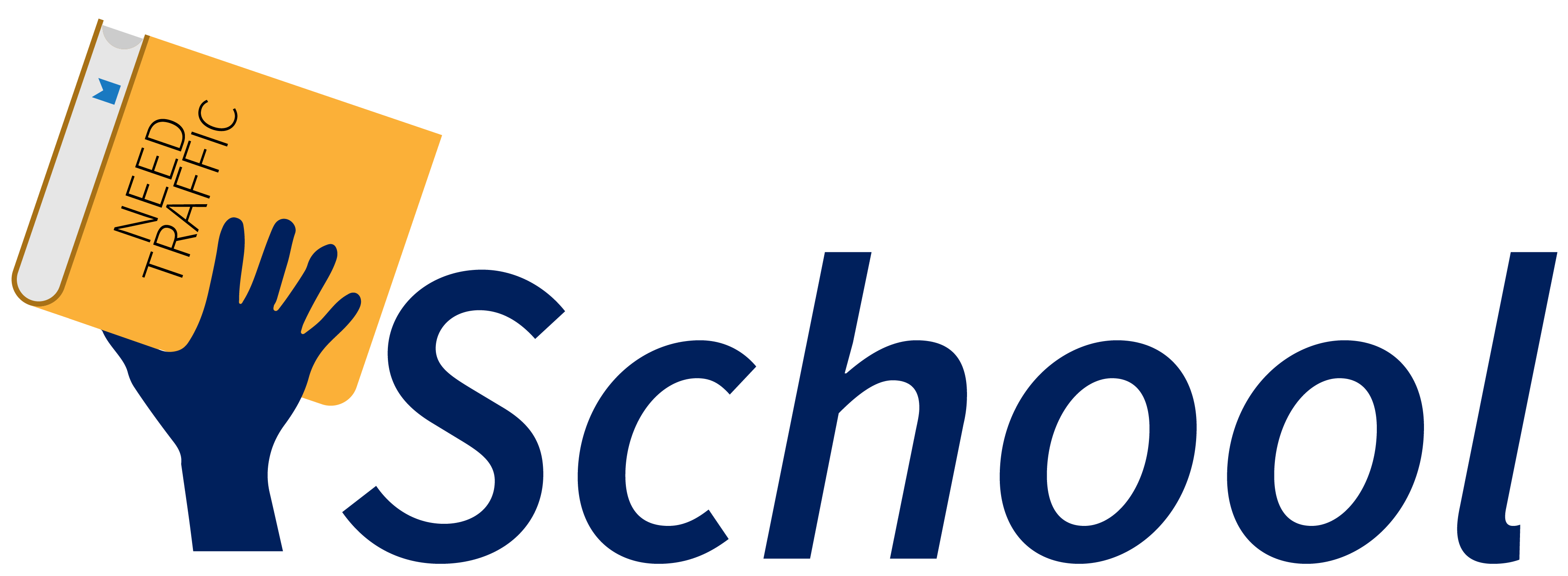Minimalist Mastery: Crafting a Clean and Simple Resume Format

In the realm of job applications, a clean and simple resume format can be a game-changer. A minimalist approach not only enhances readability but also communicates a sense of clarity and professionalism. Mastering the art of a minimalist BUILD A RESUME THAT WILL LAND YOU THE PERFECT JOB format involves strategically presenting your qualifications without overwhelming the reader. Here’s a guide on how to create a minimalist masterpiece that stands out in its simplicity.
1. Clear and Concise Header:
Start your minimalist resume with a clear and concise header. Include your full name, a professional title, and updated contact information. Use a clean and straightforward font to maintain a professional look. The goal is to provide essential details without unnecessary embellishments.
2. Strategic Use of White Space:
Embrace white space as a design element. Allow sufficient space between sections and around text to create a visually uncluttered layout. White space not only enhances readability but also gives your resume a clean and modern aesthetic.
3. Minimal Section Headings:
Opt for minimalistic section headings that guide the reader through your resume effortlessly. Use a simple, easy-to-read font and maintain consistency in formatting. Each section heading should be distinct but not distract from the content.
4. Bullet Points for Readability:
Utilize bullet points to present information in a concise and structured manner. Bullets break down content into digestible chunks, making it easier for the reader to scan your qualifications. Limit each bullet point to essential details, focusing on key achievements and responsibilities.
5. Clean Font Choices:
Choose clean and modern font styles for your minimalist resume. Sans-serif fonts like Arial, Calibri, or Helvetica are popular choices for their simplicity and readability. Ensure consistency in font styles throughout the document to maintain a cohesive look.
6. Minimalist Color Palette:
Introduce a minimalist color palette to add a touch of sophistication. Stick to neutral colors like black, gray, or navy. Consider using a subtle accent color sparingly for headings or key details. The color palette should complement the overall minimalist theme without overshadowing the content.
7. Focus on Essential Information:
Prioritize essential information relevant to the position you’re applying for. A minimalist resume is not about omitting important details but rather about showcasing the most impactful information. Highlight your key achievements, skills, and experience that directly align with the job requirements.
8. Professional Summary in Brief:
Craft a concise professional summary that captures your career highlights in a few sentences. This section serves as a snapshot of your qualifications and sets the tone for the rest of the resume. Keep it brief, impactful, and tailored to the specific job you’re targeting.
9. Limited Use of Graphics or Icons:
While a minimalist approach often involves simplicity, consider using minimal graphics or icons strategically. A small icon next to each section heading or a subtle line separating sections can add a touch of visual interest without compromising the clean design.
10. Short and Relevant Work Experience Descriptions:
Keep your work experience descriptions short and relevant. Focus on quantifiable achievements and key responsibilities. Aim for clarity and impact, avoiding unnecessary details that may clutter the space.
11. Selective Inclusion of Skills:
Include a concise list of relevant skills that directly align with the job requirements. Be selective in your choices, emphasizing the skills most crucial for the position. This minimalist approach ensures that your skills section is focused and impactful.
12. Mobile-Friendly Formatting:
Consider the mobile-friendliness of your resume format. A minimalist design often translates well to smaller screens. Ensure that your resume maintains its clarity and readability when viewed on both desktop and mobile devices.
Conclusion:
Mastering a minimalist resume format involves a strategic approach to showcasing your qualifications with clarity and simplicity. By emphasizing clean design elements, employing a limited color palette, and focusing on essential information, you can create a resume that not only stands out but also makes a lasting impression. Tailor your minimalist masterpiece for each job application, ensuring that it aligns with the specific requirements of the position and industry you’re targeting. In the world of resumes, less can indeed be more.



